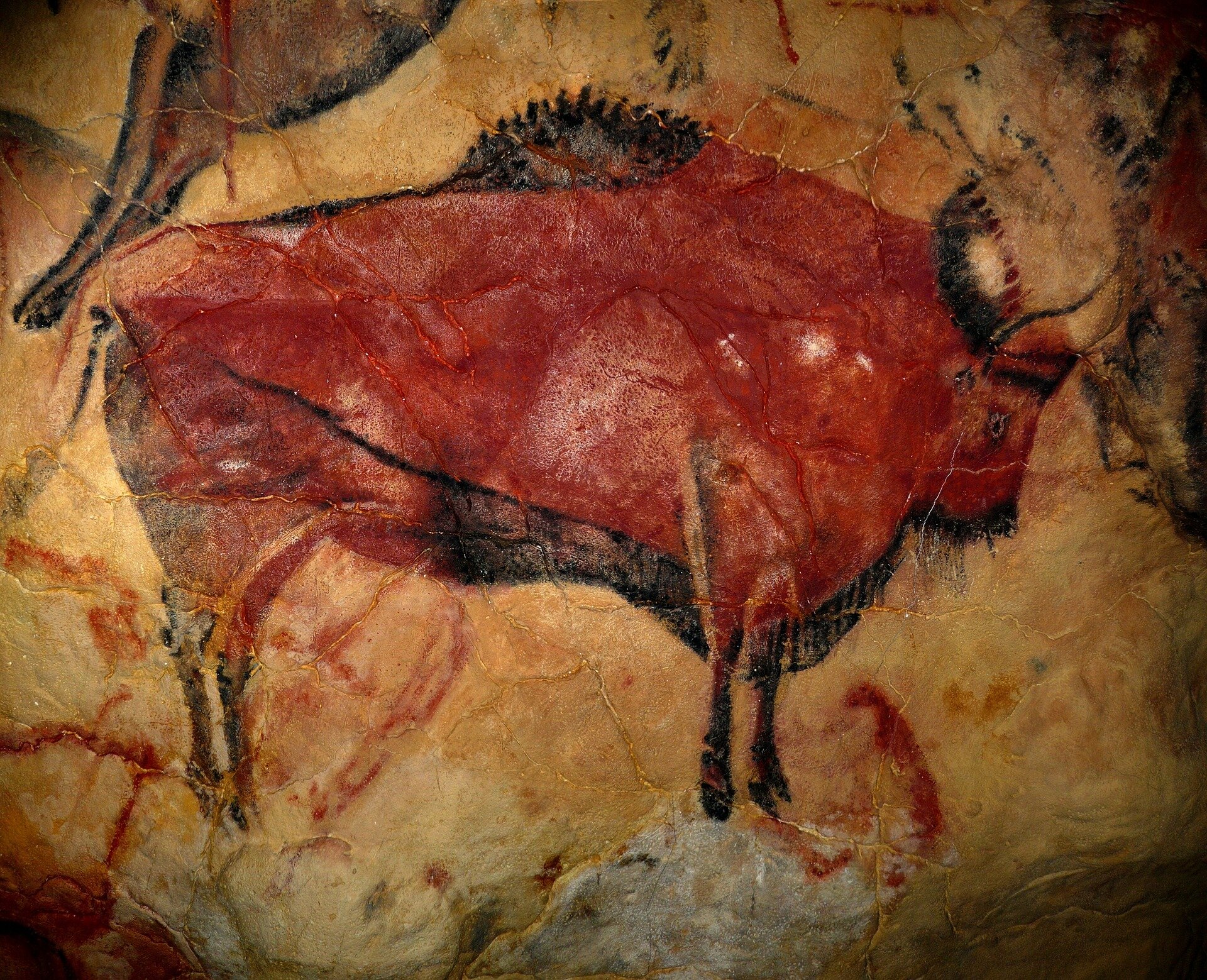× close
During prehistoric times, there was a widespread belief that men were hunters while women were gatherers due to their differing anatomies. This assumption drove the narrative of human evolution. However, new research by anthropologist Sarah Lacy from the University of Delaware challenges this idea.
Questioning Traditional Roles
According to Lacy’s findings published in Scientific American and the American Anthropologist journal, there is little evidence to support the notion that specific roles were assigned based on sex during the Paleolithic era. Lacy and her colleague Cara Ocobock from the University of Notre Dame reviewed archaeological evidence and literature, concluding that women were capable of hunting and that the gendered division of labor was not as prominent as previously believed.
The researchers analyzed ancient tools, diet, art, burials, and anatomy, finding examples of equality between the sexes. They also examined the physiological differences between men and women, highlighting the advantages estrogen provides to women in activities requiring endurance, such as running. This challenges the idea that women were physically incapable of hunting.
Living in Small Groups
During the Paleolithic era, most people lived in small groups where flexibility was essential. Lacy argues that it wouldn’t make sense for only a portion of the group to hunt while others gathered.
The “Man the Hunter” Theory
The widely accepted theory of “Man the Hunter” originated in 1968 with the publication of “Man the Hunter” by Richard B. Lee and Irven DeVore. This collection of scholarly papers proposed that hunting played a crucial role in human evolution and assumed that all hunters were male.
Lacy attributes the acceptance of this theory to a gender bias among previous scholars, leading to its incorporation in popular culture. Female scholars who published contradictory research were often disregarded or devalued. Lacy hopes that her findings will challenge the default approach to research and encourage a more egalitarian perspective.
More information:
Sarah Lacy et al, Woman the hunter: The archaeological evidence, American Anthropologist (2023). DOI: 10.1111/aman.13914
Cara Ocobock et al, Woman the hunter: The physiological evidence, American Anthropologist (2023). DOI: 10.1111/aman.13915


